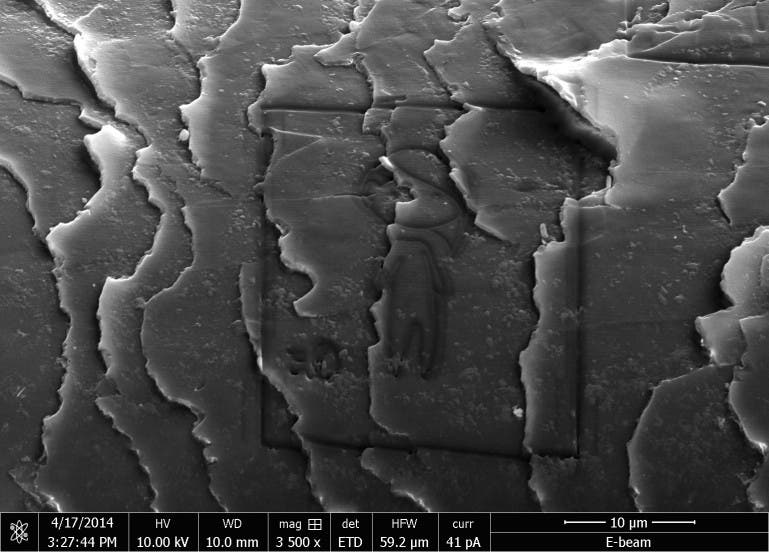
“Juanita Knits the Planet” is a short comic strip that tells the story of Juanita, a very creative little girl. In fact, she’s only 10 microns tall, small enough for the entire comic strip to fit on a strand of human hair, making it the smallest comic in the world.

The strip was printed for the Exceptional Hardware Software Meeting (EHSM) in Germany next month using an innovative technique called focused ion beaming (FIB). It involves expelling a high-speed and sharp jet of matter, sputtering atoms onto the surface to carve out a pattern in the process.
Narrative-wise, the comic isn’t the most interesting story you’ll ever read, but when you consider it all fits on a strand of hair, it all becomes far more interesting. The drawings are sharp and intelligible, and while I’m not quite sure of the potential practical applications for such tech, it’s well impressive nevertheless. The video below gives you an idea of the kind of proportions involved.




